Search results for 'de 1'
-
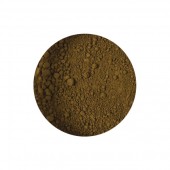
Raw Umber Pigment
Starting at: £4.00
-
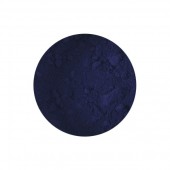
Indigo Blue Synthetic Pigment
Starting at: £5.50
-
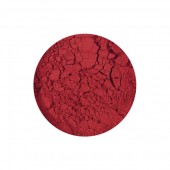
Quinacridone Red Pigment
Starting at: £5.50
-
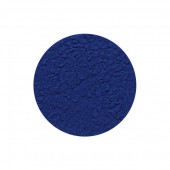
Ultramarine PB29 Pigment
Starting at: £9.10
-
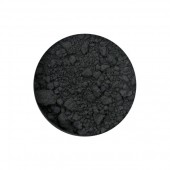
Lamp Black Pigment
Starting at: £6.70
-
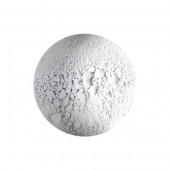
Titanium White Pigment
Starting at: £4.00
-
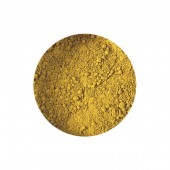
Raw Sienna Pigment
Starting at: £4.00
-
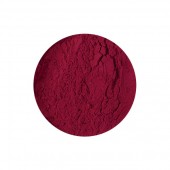
Quinacridone Magenta Pigment
Starting at: £5.50
-
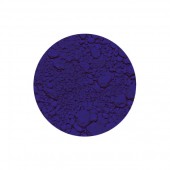
Ultramarine Blue Light Pigment
Starting at: £6.00
-
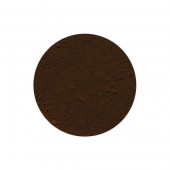
Indian Red Pigment
Starting at: £4.60
-
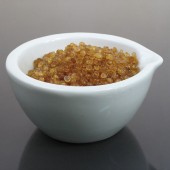
Pearl Glue
Starting at: £6.50
-
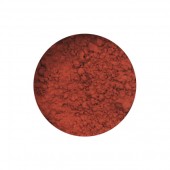
Venetian Red Pigment
Starting at: £4.60
-
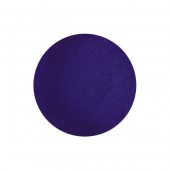
Prussian Blue Pigment
Starting at: £5.20
-
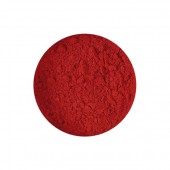
Quinacridone Scarlet Pigment
Starting at: £6.30
-
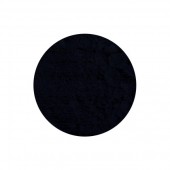
Vine Black Pigment
Starting at: £4.70
-
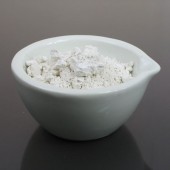
Whiting
Starting at: £4.00
-
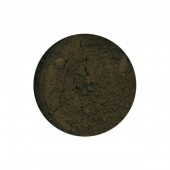
Raw Umber Greenish Pigment
Starting at: £4.80
-
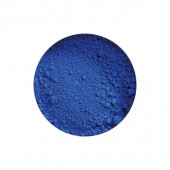
Azure Blue Pigment
Starting at: £12.00
-
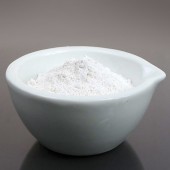
French Chalk
Starting at: £5.50
-
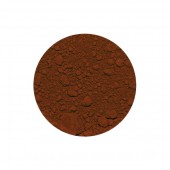
Red Ochre Pigment
Starting at: £4.00
-
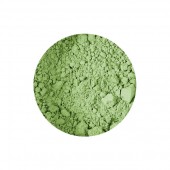
Terre Verte Pigment
Starting at: £4.00
-
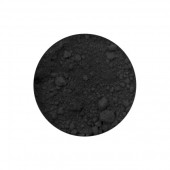
Mars Black Pigment
Starting at: £5.70
-
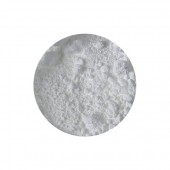
Zinc White Pigment
Starting at: £4.00
-
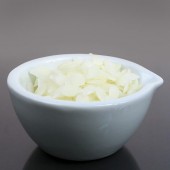
Bleached Beeswax
Starting at: £12.30
-
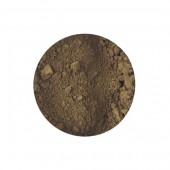
Burnt Umber Pigment
Starting at: £4.00
-
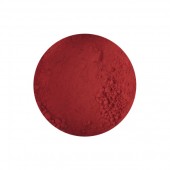
Alizarin Crimson Pigment
Starting at: £4.50
-
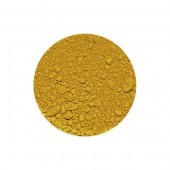
Mars Yellow Pigment
Starting at: £4.50
-
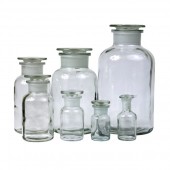
Reagent Jar
Starting at: £6.50
-
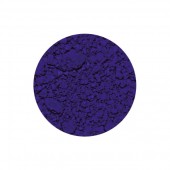
Ultramarine Blue Limewash Pigment
Starting at: £6.30
-
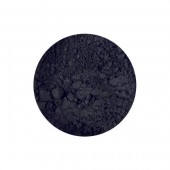
Ivory Black Pigment
Starting at: £4.50





